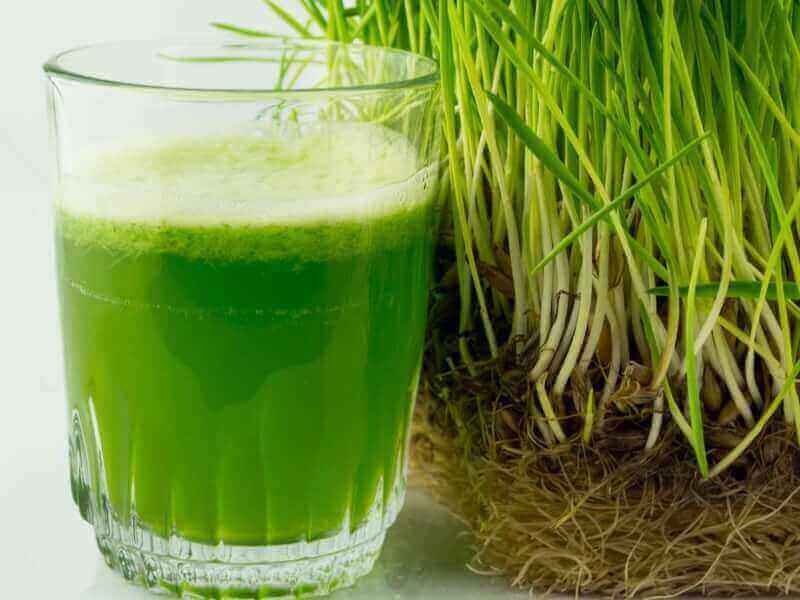Growing wheatgrass for juicing is an easy method to add some extra nutrition to your diet without having to buy expensive commercial products and having your very own “superfood” right in your kitchen. It provides the same minerals, enzymes, vitamins and minerals as if you were eating the fruit itself. If you are looking for health benefits of wheatgrass, it is best to eat it raw.

What Are The Benefits of Wheatgrass Juicing?
The health benefits of wheatgrass are numerous. One of the most popular uses for wheatgrass juice is for healing various health conditions. The juice makes great sore throat, sinus, headache and arthritis pain relief. One cup of powdered wheatgrass juice has the following benefits: improved digestion, clearer and sharper eyes, increased energy levels, better skin, and more. If one cup of powdered wheatgrass for juicing is consumed on a daily basis, you can expect to see many health benefits and continue with the healing process.
What are the Ideal Growing Conditions For Wheatgrass?
You can grow wheatgrass seeds almost anywhere. It grows well in dark, moist soil that doesn’t have too much nitrogen in it. This means you will need to purchase a seed starting soil. There are many excellent starting soils available at most feed stores today. However, keep in mind that you should never use a regular grocery store seed starting soil. Most of these seeds are not at their optimum growth condition. They are mostly dry and quite powdery in texture. As a result, it will take much longer for your plants to mature and grow fully, making it more difficult for you to enjoy fresh, delicious wheatgrass juice each day.
When purchasing wheatgrass seeds for juicing, be sure to buy a container or tray that is large enough to hold at least one cup of seeds. Do not buy small containers that are designed for re-potting the seeds. This will result in interference with the life of the seeds and could cause them to die. If the seeds are in a container that is made specifically for re-potting, you need to remove the seeds from that container. Be sure to remove them carefully without touching the skin of the plant. If you do need to squeeze the plant, do it very gently and only to the tip of the leaves. Make sure that you clean and empty your trays thoroughly after each use. The soil should remain relatively clean. To do this, make sure the trays are replaced with fresh soil each growing season.
Full Sun or Partial Sun?
Most importantly when growing wheatgrass at home there are a few things you’ll need to remember. It is best to place the seeds on a tray in indirect sunlight. When the seeds are exposed to the sun, they will produce photosynthesis. As a result, the plant and soil will stay healthy. When you plant the seeds, make sure they are placed in an area that receives adequate sunlight. We do not suggest direct sunlight as this will kill the seeds. If the wheatgrass grows in your soil that receives little to no sunlight, it will be extremely difficult for the plant to grow healthily.
You must provide your plants with an adequate amount of sunlight each day or it will be extremely difficult for them to thrive. Sunlight is necessary to activate the enzymes that are in the wheatgrass seeds. Some of the enzymes that are in wheatgrass seeds will not work if there is no sunlight. It is important to place the wheatgrass seeds in a location that receives plenty of sunlight during the day.

